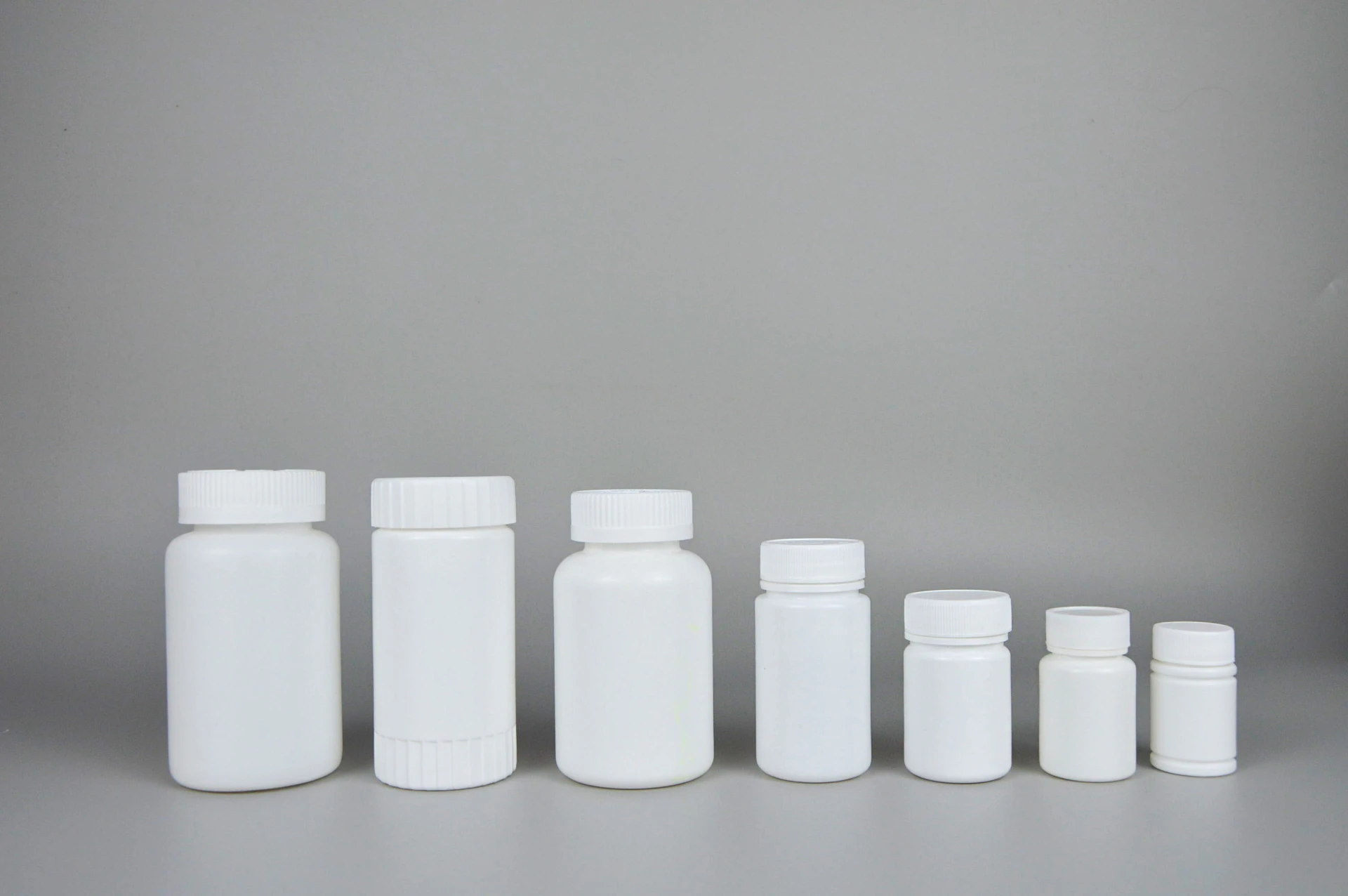plasma separator tube
Understanding Plasma Separator Tubes
In the realm of medical and clinical diagnostics, efficiency and precision are paramount. One of the critical tools used to achieve these objectives is the plasma separator tube. This specialized equipment plays an essential role in the collection and separation of plasma from whole blood, enabling healthcare professionals to obtain the necessary components for various tests and treatments.
What is a Plasma Separator Tube?
A plasma separator tube is a type of test tube designed specifically for the separation of plasma from blood samples. These tubes are typically made of glass or plastic and contain a gel-like substance known as a separating agent, which plays a pivotal role in the centrifugation process. The separating agent’s primary function is to form a barrier between the plasma and the cellular components (such as red blood cells) once the blood sample is centrifuged.
The Process of Plasma Separation
The process begins with the collection of a blood sample, often through venipuncture. Once the blood is drawn, it is transferred into the plasma separator tube containing the anticoagulant and the separating gel. Common anticoagulants used in these tubes include EDTA, heparin, or citrate, which help prevent the blood from clotting during the separation process.
After the blood is placed in the tube, it is subjected to centrifugation. This process involves spinning the tube at high speeds, which generates a centrifugal force that causes the denser cellular components to settle at the bottom of the tube. Meanwhile, the lighter plasma rises to the top. The separating gel acts as a physical barrier that maintains the separation between the plasma and the cells, ensuring that the plasma can be collected easily and without contamination.
Applications of Plasma Separator Tubes
Plasma separator tubes are widely used in various clinical settings, including hospitals, laboratories, and blood banks
. The plasma obtained from these tubes is crucial for numerous medical tests, includingplasma separator tube

1. Biochemical Analysis Plasma is essential for testing electrolyte levels, liver enzymes, hormones, and other vital parameters that help in diagnosing medical conditions.
2. Immunological Tests Plasma is used in serology tests to detect antibodies and pathogens, playing a key role in diagnosing infections.
3. Research and Development In research laboratories, plasma separator tubes are utilized in studies related to cardiovascular diseases, diabetes, and other health conditions, aiding in the development of new therapies and treatments.
4. Blood Transfusion Plasma collected from donor blood can be crucial for patients requiring transfusions, particularly in cases of trauma or surgery.
Advantages of Plasma Separator Tubes
The use of plasma separator tubes offers several advantages for both healthcare providers and patients. First, they enhance the efficiency of laboratory processes, allowing for quicker analysis and turnaround times for test results. Second, the design of these tubes minimizes the risk of contamination, ensuring the integrity of the samples. Furthermore, the convenience of having a pre-treated tube with anticoagulants and separating gels reduces the need for additional labor in sample preparation.
Conclusion
Plasma separator tubes are an indispensable part of modern diagnostics, facilitating the rapid and reliable separation of plasma from blood samples. As medical technology continues to advance, the importance of such tools only grows, contributing to better patient outcomes and more efficient healthcare practices. Whether in routine blood tests or in critical emergency situations, the role of plasma separator tubes remains crucial in today’s medical landscape.
-
Aesthetic Makeup Spray Bottles | Fine Mist Empty RefillableNewsAug.19,2025
-
White Plastic Veterinary Vaccine Vials | Lab Liquid BottlesNewsAug.18,2025
-
Plastic Medicine Liquid Bottle: Secure Flip Top Drug VialsNewsAug.17,2025
-
Durable 250ml Blue Plastic Vaccine Vial for Lab & Vet UseNewsAug.16,2025
-
Sterile Virus Sample Tubes: Secure & Reliable Specimen CollectionNewsAug.15,2025
-
White 250ml Plastic Vaccine Vial for Lab & Vet MedicineNewsAug.14,2025
























